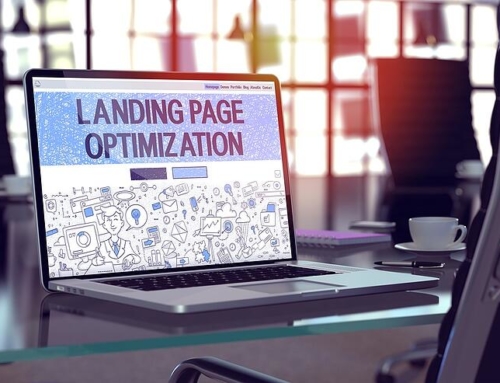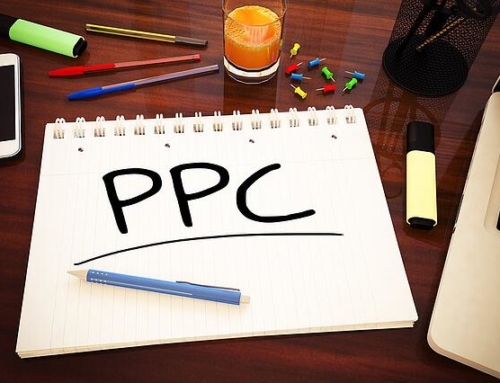What is a Buyer Persona?
A buyer persona is a framework for list segmentation. Before dividing your contacts into well-defined groups, you need to define what these groups are to start creating and delivering content that is both relevant and useful to them. An actionable buyer persona is an accurate representation of your ideal or prospective customer. It’s based on market research like current statistics and trends along with real data about your existing customers that reveals crucial insights about their decisions.
According to IDG Enterprise’s 2014 B2B Content Marketing Spotlight Report, buyer persona is the second most popular criteria for segmenting content for b2b marketers, with 40% of b2b marketers segmenting content by buyer persona.
What does a Buyer Persona Answer?
An essential component of any inbound marketing campaign, a buyer persona is not merely a description or a one-dimensional profile of your ideal customer. It must include specific attitudes, background, behavior, concerns, challenges, criteria, lifestyle, motivations and goals that drive prospects to choose you. In short, it tells you who your ideal customer is and goes on to describing who is most likely to purchase your product/service/solution.
How do you Create a Buyer Persona?
You can create these personas by interviewing or surveying current customers to know how and why they choose your product or service, identifying trends based on content consumption and consumer engagement with the content, taking inputs from your sales team about customer generalizations and the leads they’re interacting with most, and collecting demographic information using online forms, calculators and quizzes.
What Questions should a Buyer Persona Include?
Personal Background
Marital status
Family
Educational background
Career path
Demographics
Age
Gender
Annual Income
Location
Workplace
Industry
Annual Revenue
Number of employees
Role
Job role/title
Description of a typical day
Knowledge, skills and tools used
Job performance metrics
Reporting Structure
Challenges
Biggest challenges (primary)
Secondary challenges
Goals
Responsibilities that tie in with primary and secondary goals
Define success in this specific role
Why are Buyer Personas Important?
According to a webcast by John Sweeney and Richard Harris from DemandGen and James Ollerenshaw from Forrester, “Buyer personas in email campaigns glean 2x the open rate and 5x the click through rate.”
HubSpot states that targeted users found websites based on marketing personas 2-5 times more effective and easier to use.
According to a DemandGen report, “Buyer personas contributed to a 175% increase in revenue attributed to marketing, 10% increase in leads sent to sales, and a 72% reduction in lead conversion time for Thomson Reuters.”
From positioning and messaging to content marketing and sales enablement, personas enable you to align your marketing decisions – with your buyer’s expectations. They offer insight and structure by helping you ascertain which part of your business you need to focus on. Creating a negative or exclusionary persona that describes who you don’t want as a customer may help lower the cost-per-lead, cost-per-customer and also enhance sales productivity.
Besides aligning the overall messaging for every potential customer type across the business, buyer personas also guide product and service development and improvement. The end result is better ROI since your business will be able to attract the most valuable customers and better quality leads. By taking into account a target customer’s pain points and motivations, buyer personas drive marketing success by enabling better and more focused targeting. Extremely useful for developing and evaluating content, offers and messaging, they also help businesses that rely on customer acquisition, conversion and retention differentiate themselves from their competitors and the status quo.










